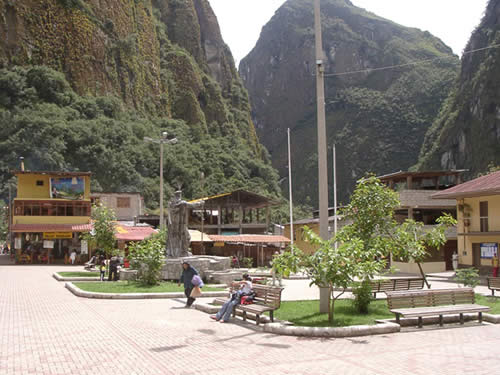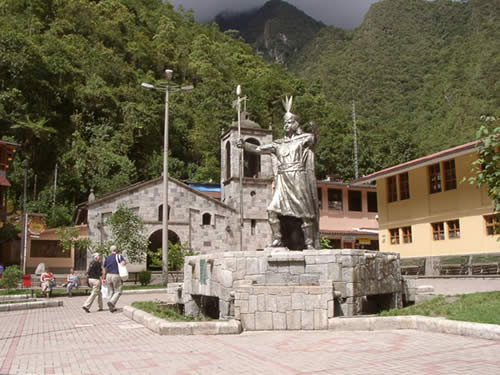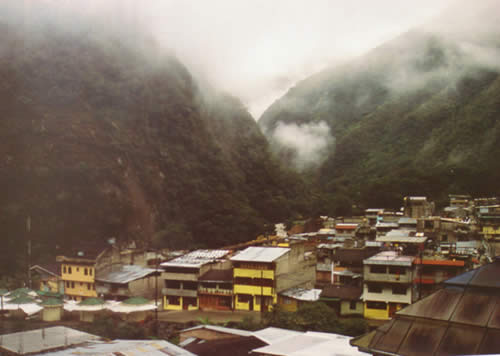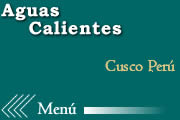It wasn’t until the 1970s, following a period of nascent tourism, that Machu Picchu began to see a substantial increase in tourist activity. This, in turn, fuelled the growth of Aguas Calientes. During the '80s
the town underwent a rapid transformation due to three key factors: the Cuzco - Santa Ana railroad, the Historic Sanctuary of Machu Picchu and the hydroelectric plant of Machu Picchu. Today, in Aguas
Calientes' main square a life size statue of the Inca Emperor Pachacutec welcomes visitors with open arms.

Once the railroad and Machu Picchu access road had been built, commerce began to flourish in the small town. People began building brick houses, shops and hotels, and in the '80s mayor José Nouchi had
electricity brought in, which further boosted the local tourism industry. Successive mayors continued the work of developing Aguas Calientes by tracing out new urban lots on the forested hillsides and
building plazas where there had been mountain streams.

Terrorist activity impeded the town's development for some years but by the mid-'90s Aguas Calientes was once again a prosperous tourist destination. Today, an estimated 1,500 tourists arrive there on a
daily basis and the town's economy relies exclusively on tourism. Indeed, everything from food to building supplies is brought in from Cuzco since nothing is produced here.

|


